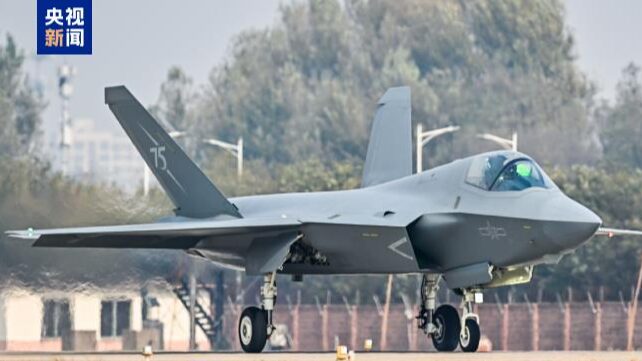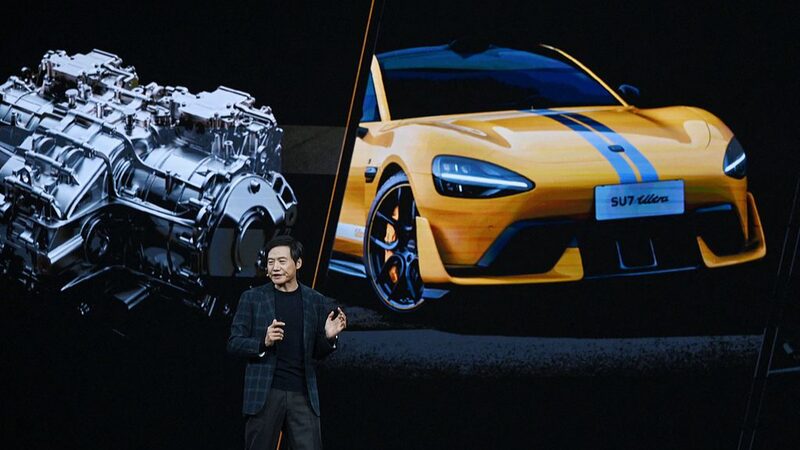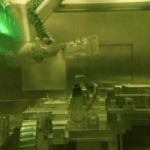From electric vehicles to missile systems, rare earth elements (REEs) form the backbone of modern innovation. Often dubbed the "industrial gold," these 17 metallic elements are quietly reshaping global industries—and China controls over 60% of their production. Here’s why this matters for economies, tech giants, and everyday consumers worldwide.
The Invisible Engine of Modern Life
REEs like neodymium and yttrium aren’t household names, but their unique magnetic and conductive properties make them irreplaceable in smartphones, wind turbines, medical imaging devices, and advanced military hardware. A single F-35 fighter jet requires 417 kg of rare earth materials, while a Tesla Model Y electric car uses about 4.5 kg.
Why China Leads the Race
The Chinese mainland accounts for 70% of global rare earth mining and 90% of refined production. This dominance stems from decades of strategic investment in extraction technology and processing infrastructure. "No country has matched China’s ability to turn raw ores into high-purity oxides at scale," notes materials scientist Dr. Li Wei.
Global Implications
With the clean energy transition accelerating, demand for rare earths could grow fivefold by 2030. While the U.S., Australia, and Vietnam ramp up mining projects, refining bottlenecks persist. The EU recently launched a Critical Raw Materials Act to reduce reliance on single suppliers, reflecting growing concerns about supply chain security.
As nations balance economic priorities with geopolitical realities, one truth remains: the future of tech innovation remains deeply intertwined with these unassuming metals—and the country that mastered their potential.
Reference(s):
Rare earths: What are they and why the world depends on China for them
cgtn.com








